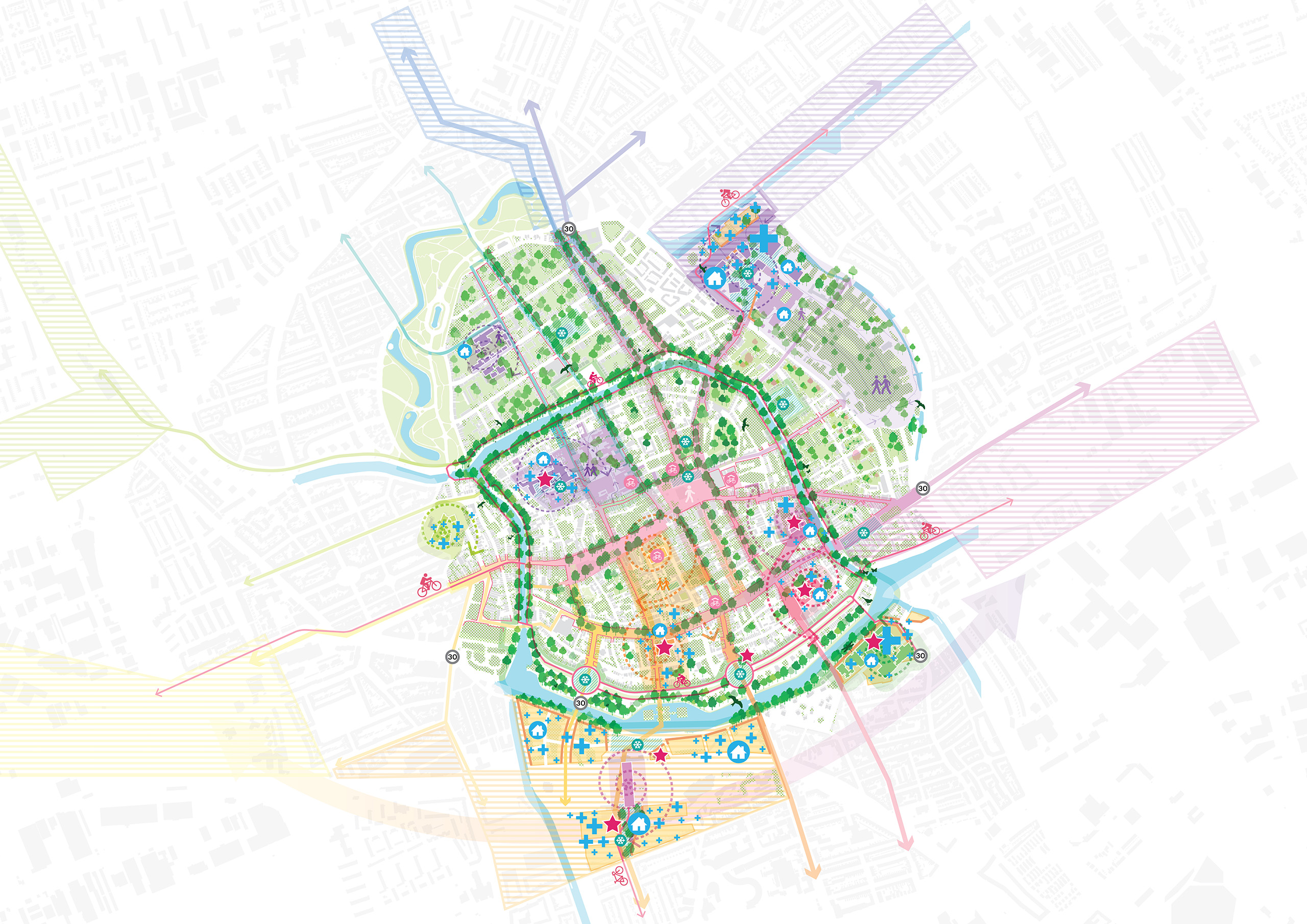
Guided Growth
The strategic framework Guided Growth, developed by MVRDV on behalf of – and in collaboration with – the Municipality of Groningen, provides a basis upon which the city centre can grow, adapt in the face of climate change, and provide space for a diversity of residents, a variety of economic activities, and the growth of its key institutions. Created as a result of MVRDV founding Partner Nathalie de Vries’ term as Groningen’s City Architect from 2021 to 2023, Guided Growth provides a coherent strategy for achieving a vibrant, mixed, and sustainable city centre from today until 2050.
- Location
- Groningen, Netherlands
- Status
- Design
- Year
- 2022–2024
- Surface
- 2650000 m²
- Client
- Gemeente Groningen
- Programmes
- Master plan
- Themes
- Urbanism
The document places an emphasis on making strategic choices, and uses simple case studies to demonstrate how these choices can lead to different urban characters. By setting clear guidelines within a flexible framework, the city can determine its own direction for the sustainable development of the city centre. The framework will be an important base for the upcoming Environment and Planning Act.
Groningen is growing, and the city centre is growing along with it, with 10% more residents than it had 10 years ago. The city is also an extremely good place to live: a report by the European Commission places Groningen as one of the top three happiest cities in Europe, and it has been ranked as the healthiest city in the Netherlands by Arcadis. While a lot is going well for the city, it also faces major challenges. The growth in population has created a need to increase the capacity of the inner city, to diversify its population, to accommodate opportunities in the local economy, to improve the quality of public space, and to space to accommodate the growth of institutions such as the University of Groningen and the UMCG hospital. It also challenges the city to manage its growth while maintaining the historic character of its city centre, and to adapt in the face of a changing climate.
MVRDV’s team compiled a variety of existing visions and policy documents, combining these with GIS data research and input from participation workshops. First among its results, this research showed that climate change – and the heat stress that accompanies it – threatens to place severe pressure on the liveability of the city centre in the future. Climate adaption measures, including adding substantially more greenery by, for example, reclaiming some space from cars in Groningen’s narrow streets and making better use of courtyards and flat roofs, is essential to prevent this.
Second, to increase the city centre’s capacity and diversity, new developments will have to contribute to the city’s variety of functions, with diverse housing located above a lively mix of businesses and cultural spaces at street level. Existing city centre campuses will also contribute to this improved programme, becoming mixed and accessible educational quarters for all Groningen residents. Finally, the framework provides guidelines for introducing new metropolitan functions amid the city’s small-scale historic buildings, demonstrating how to form a good balance between heritage and more contemporary architecture.
These three themes – climate and public space, programme, and spatial quality – form the backbone of the strategic framework. Each is applied at three different scales – neighbourhoods, streets, and key development locations – to create a matrix of nine key principles that can serve as guidelines for the municipality and its partners for sustainable development.
“Guided Growth helps to make clear choices that do justice to the desire to keep Groningen city centre accessible to everyone while strengthening its importance as a cultural and economic engine”, says Nathalie de Vries. “We have brought together historical character, climate adaptation, and fair growth into balanced development frameworks with clear ambitions.”
In order to demonstrate how the nine principles can guide the city’s decision-making, the document includes three case-studies, one for each theme, to give tangible explanations of how prioritising different themes can lead to different results. The word “framework” says it all: the document establishes important principles without top-down prescriptions. This is especially relevant considering the recent adoption of the Environment and Planning Act, which changes the way spatial planning in the Netherlands is done. With this framework, the municipality and the people of Groningen are empowered to make their own informed decisions, even in a rapidly changing world. The full document is available online here.
Gallery
image
Principles matrix
Mapping the principles
Mapping the principles
Mapping the principles
Mapping the principles
Mapping the principles
Mapping the principles
Mapping the principles
Mapping the principles
Mapping the principles
Case study
Case study
Case study
Case study
Case study
Case study
Case study
Case study
Case study

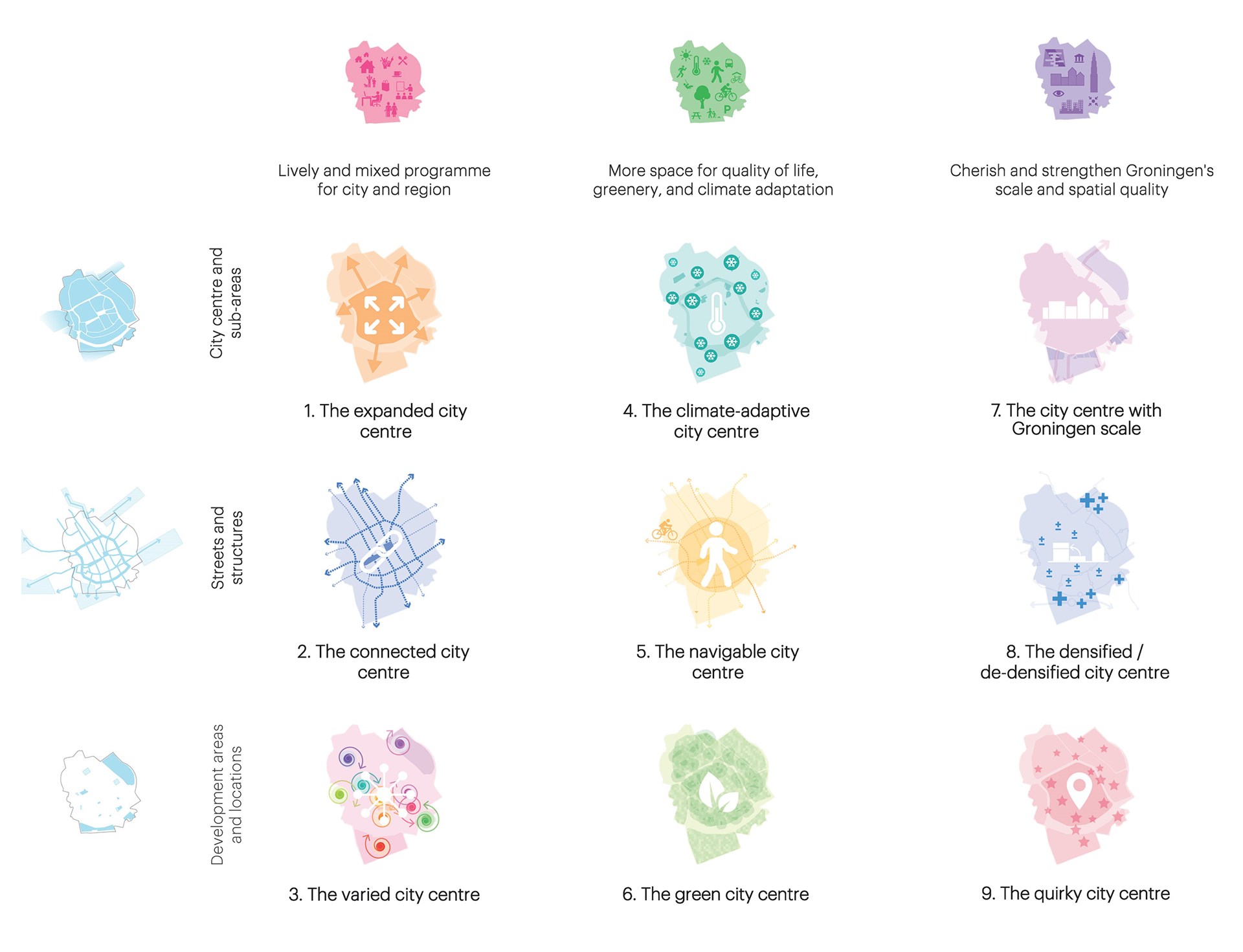




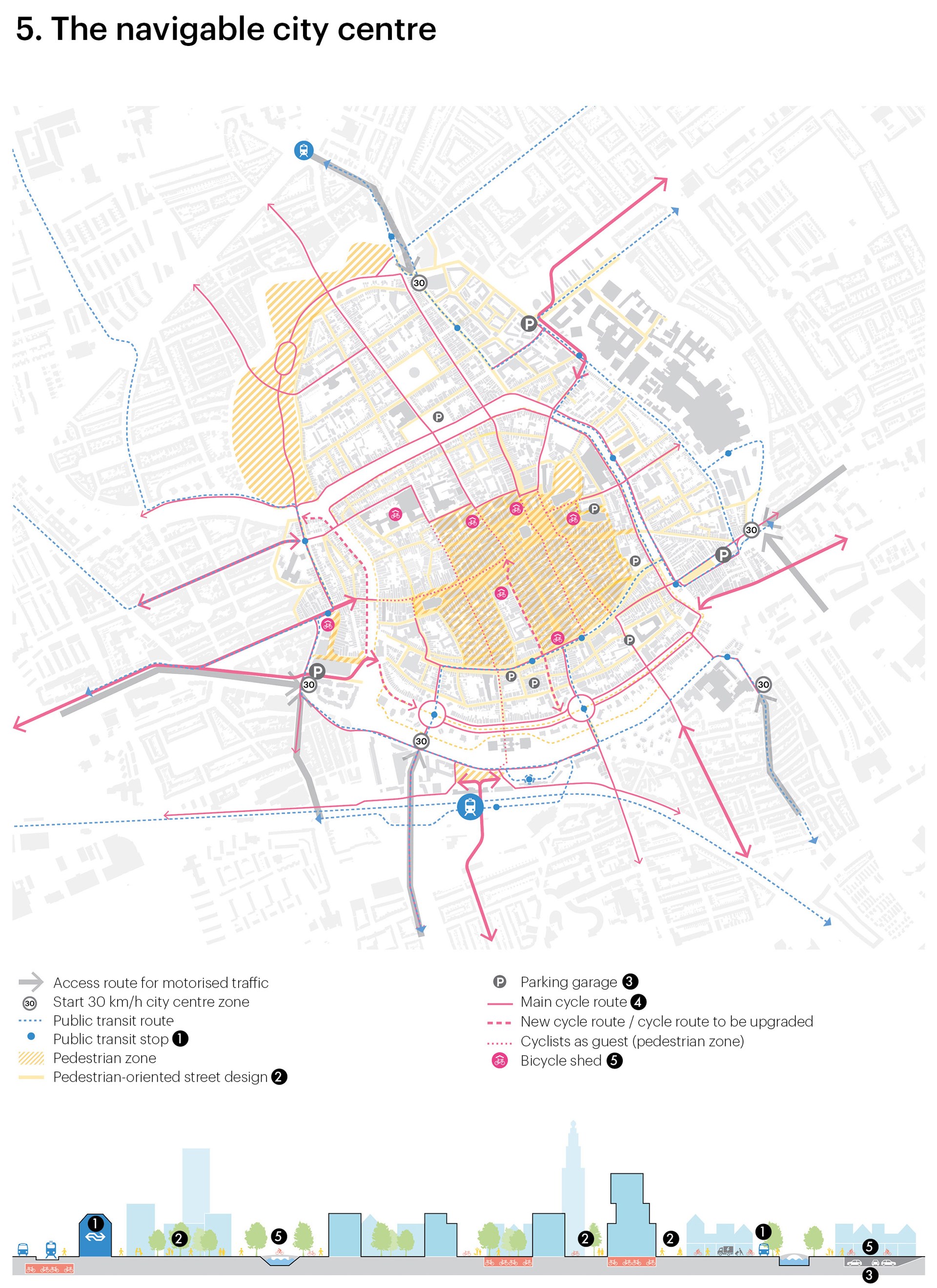


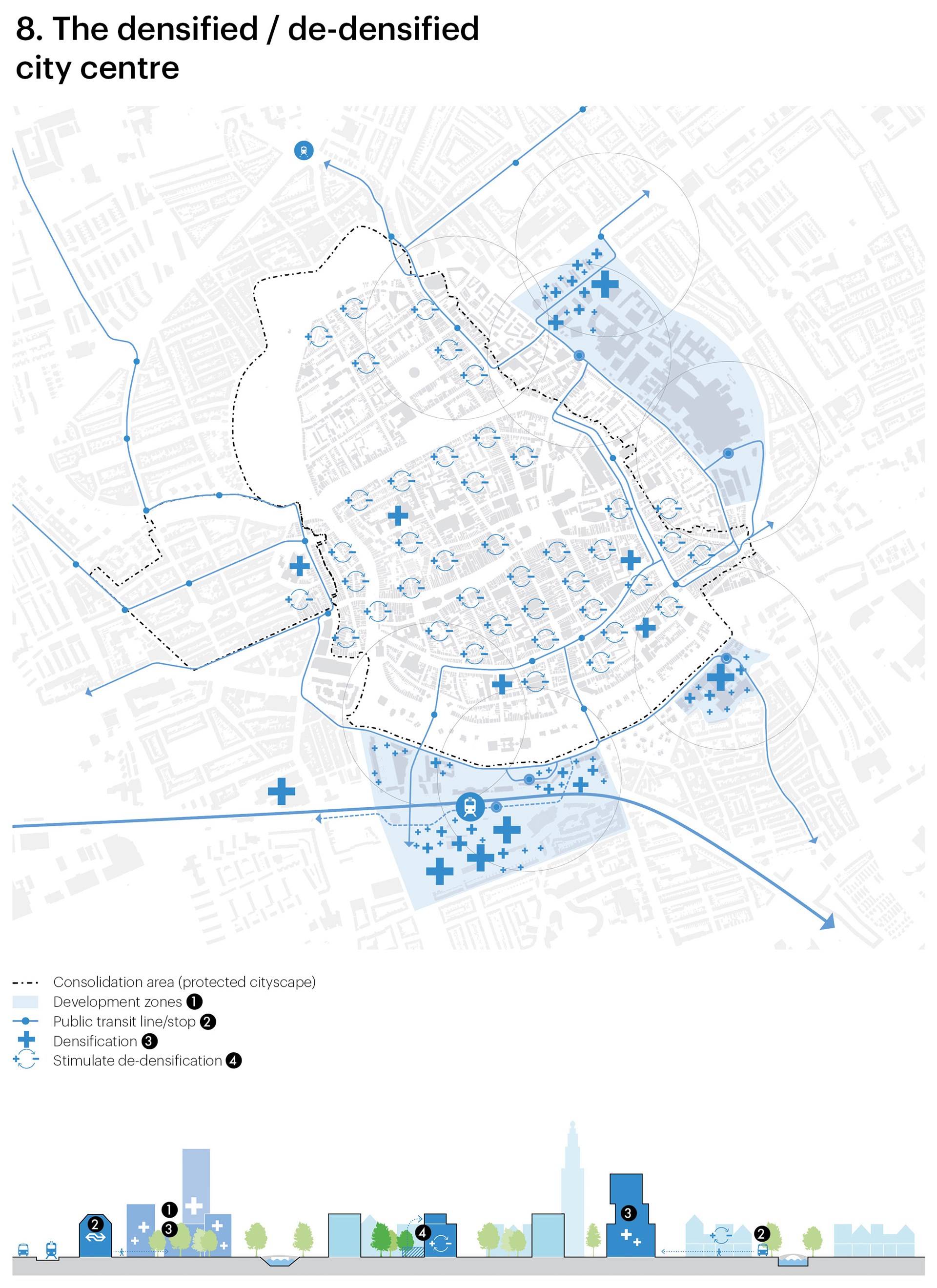

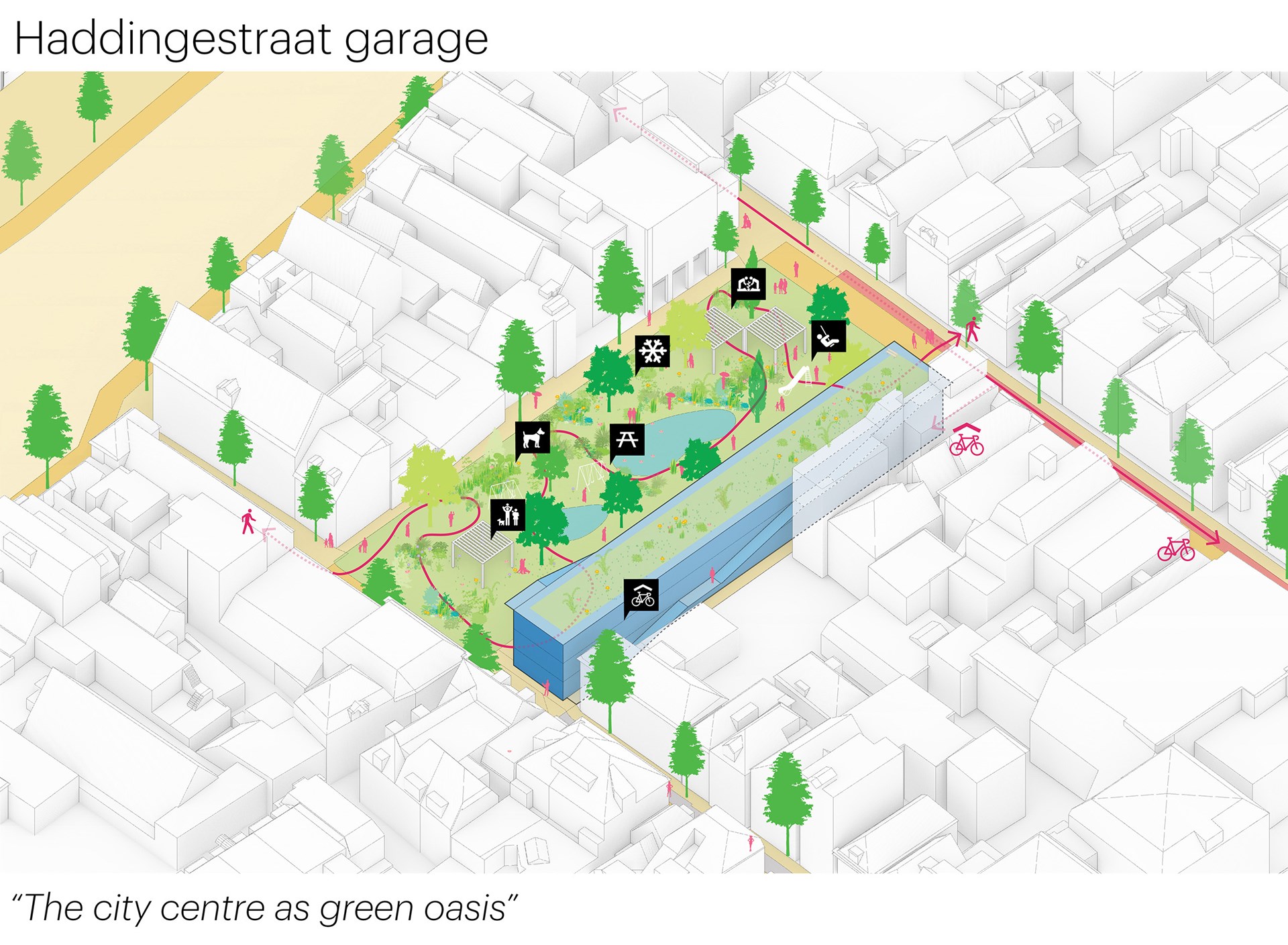
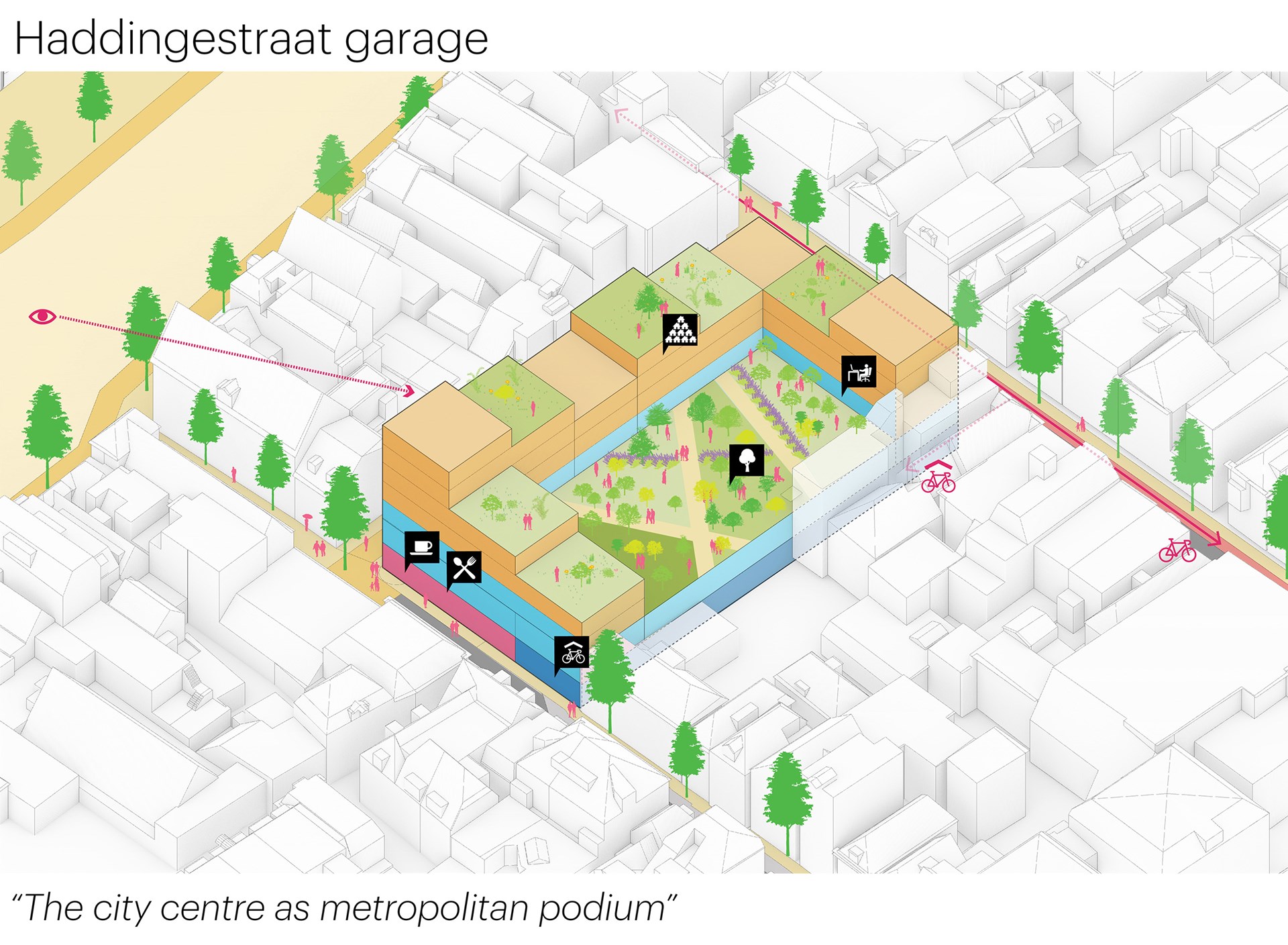
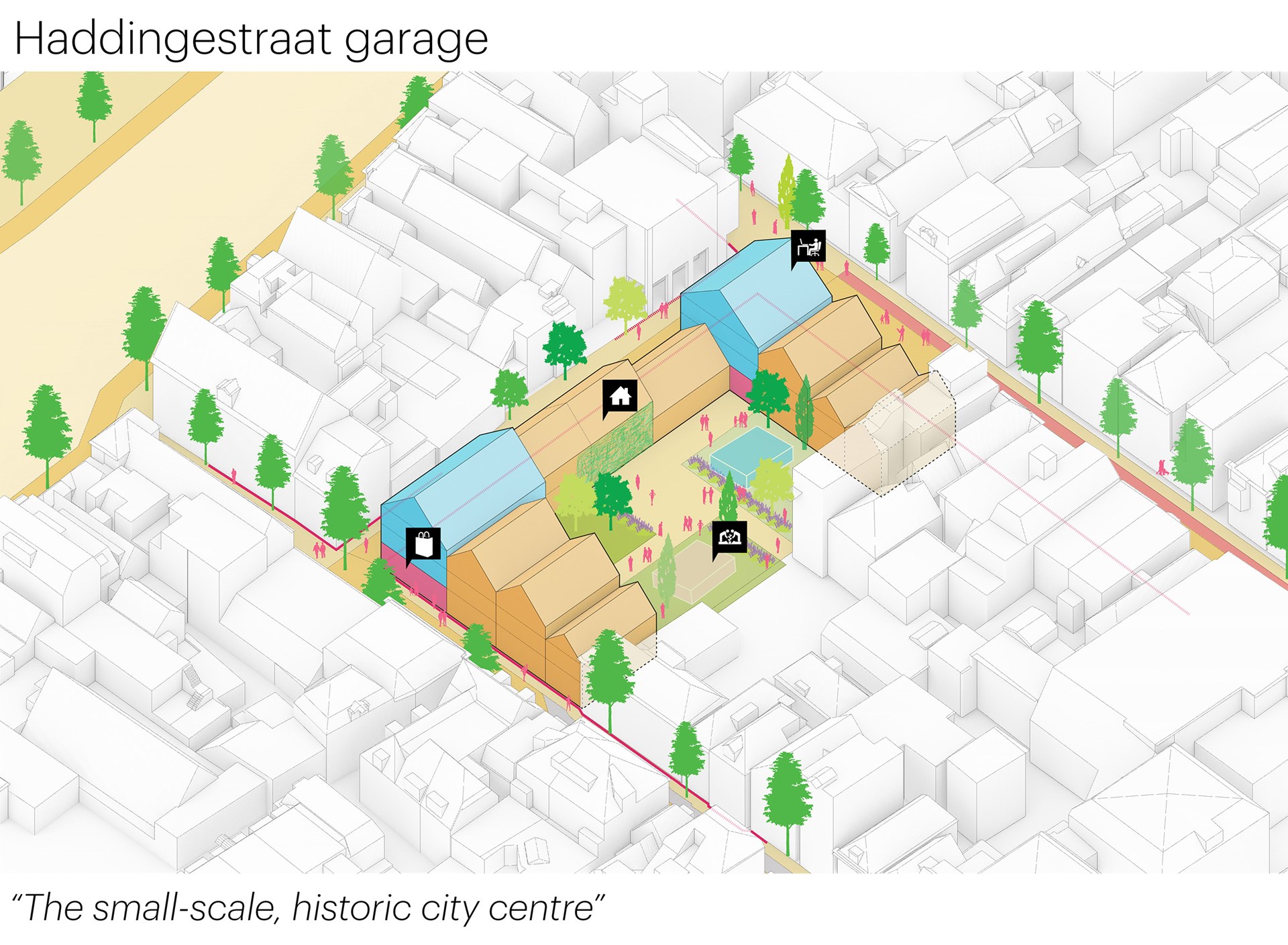

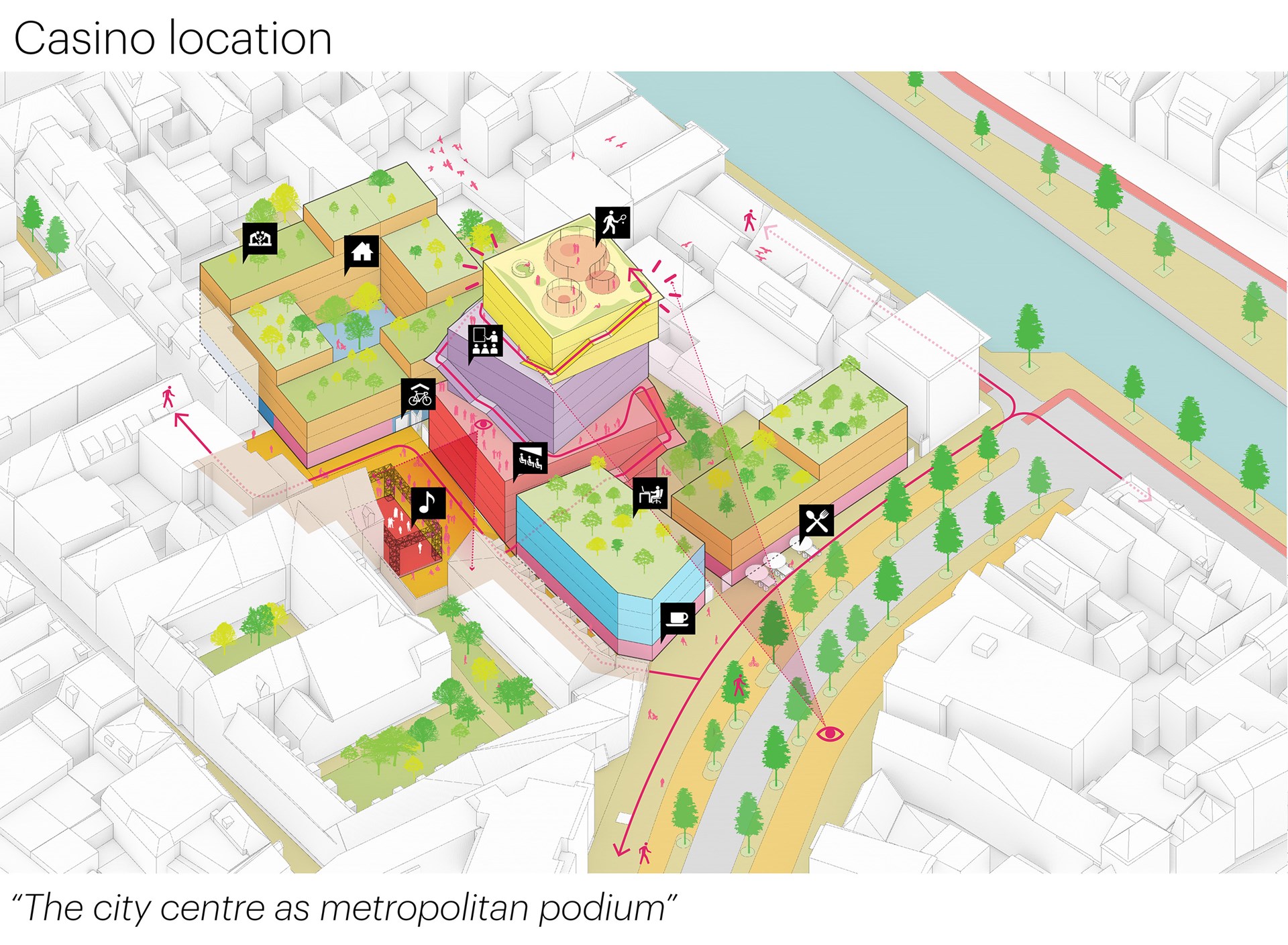

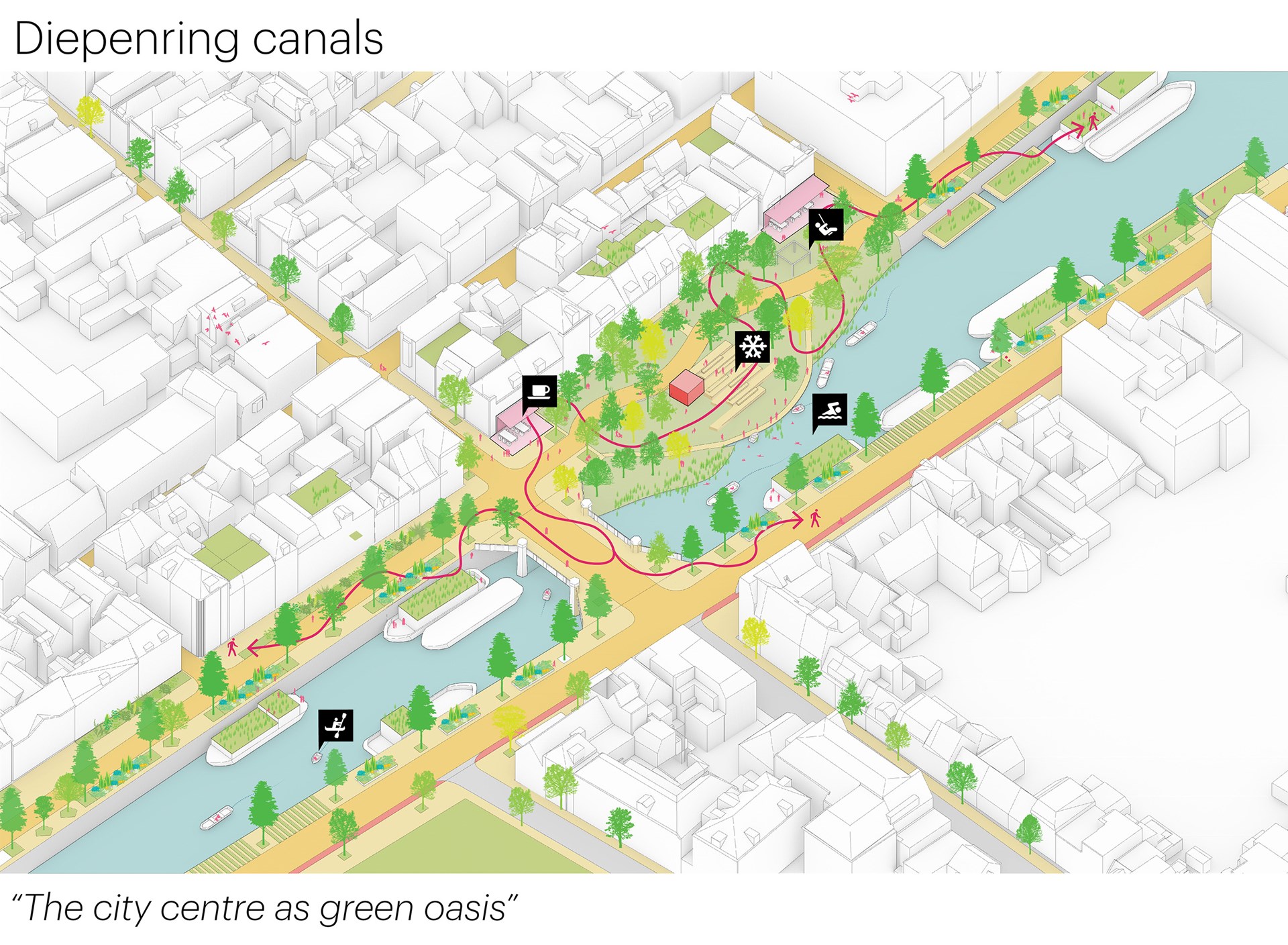
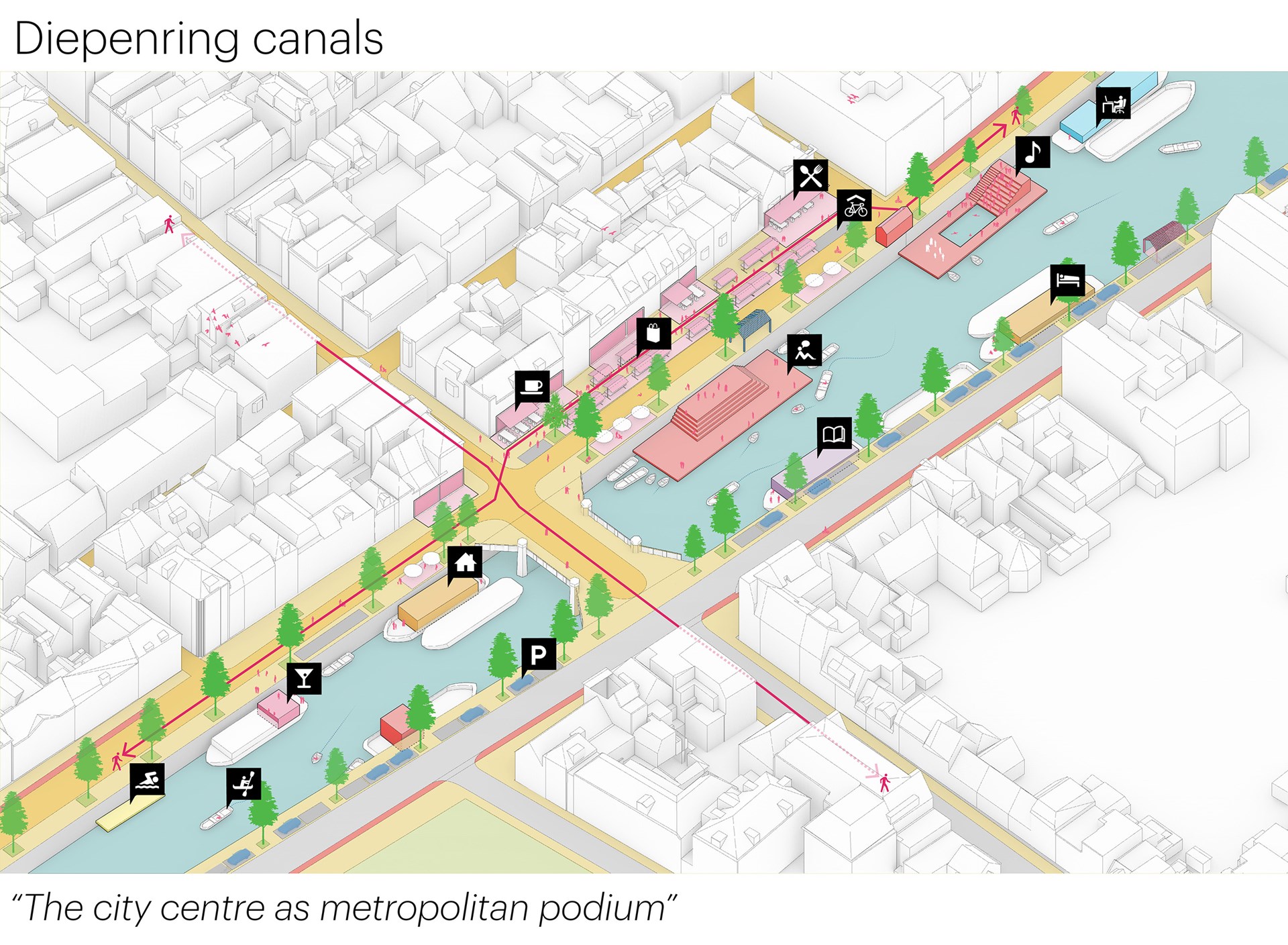
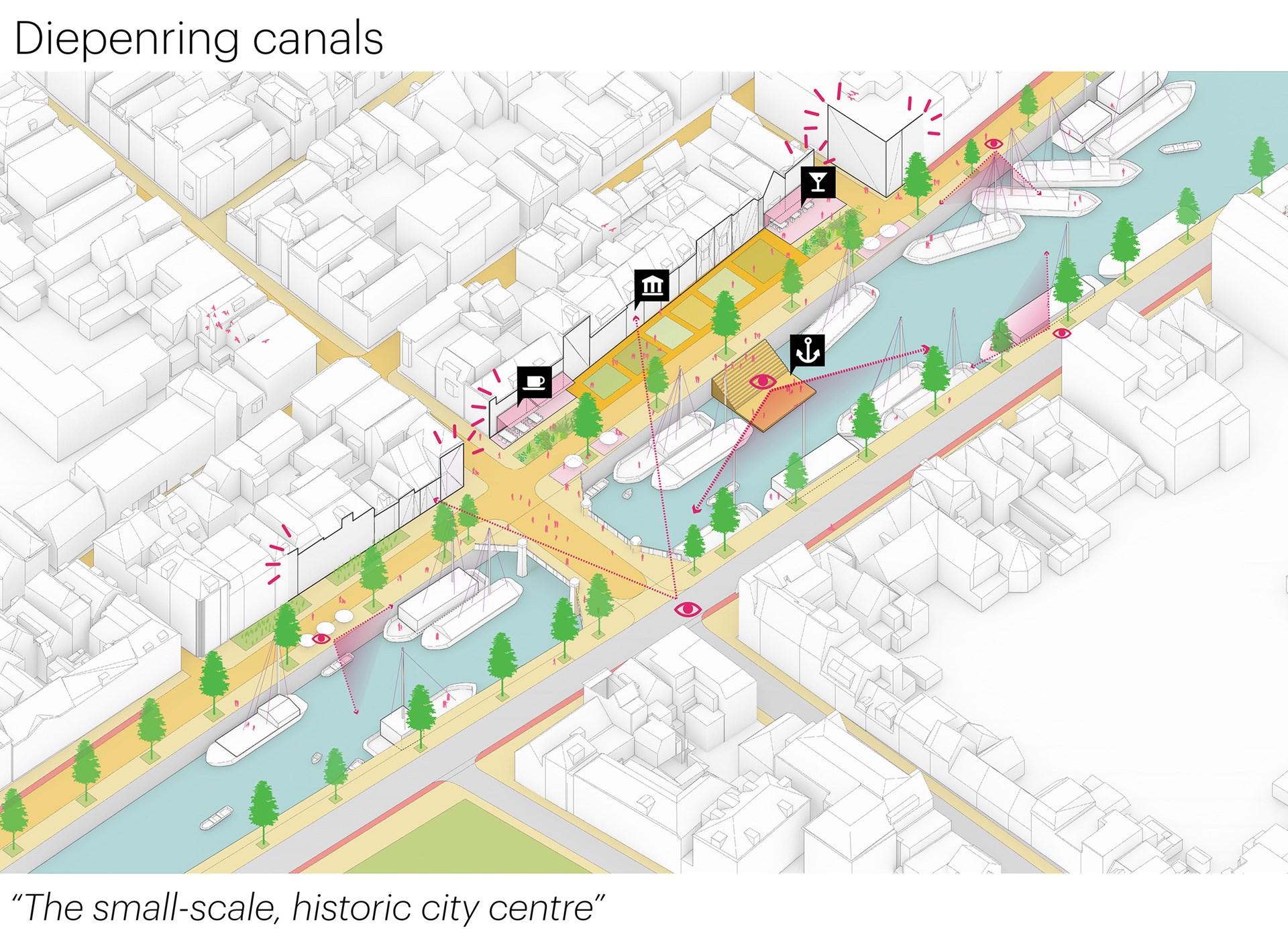

Credits
- Architect
- Founding partner in charge
- Partner
- Design team
- Partners
- Gemeente Groningen project team:
- Paul van den Bosch
- Jaco Kalfsbeek
- Laurens Brugma
- Copywriter:
- Kees de Graaf

.jpg?width=900&height=500&quality=75&mode=crop&scale=both)